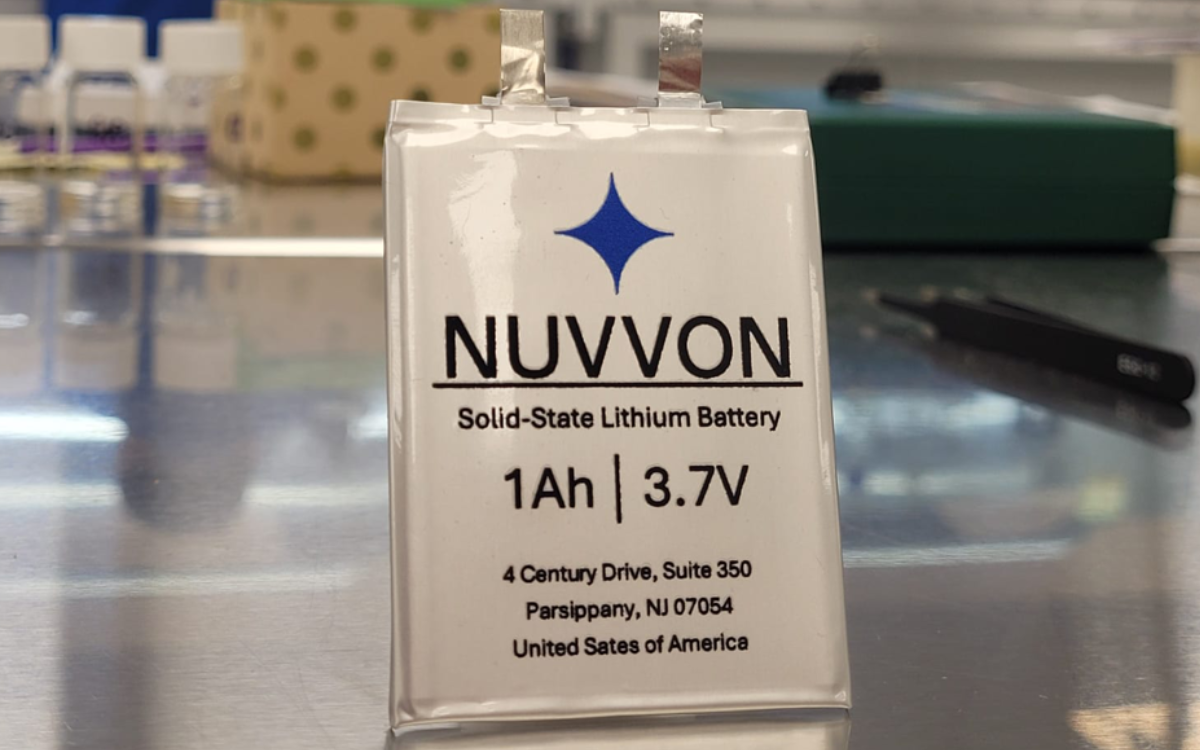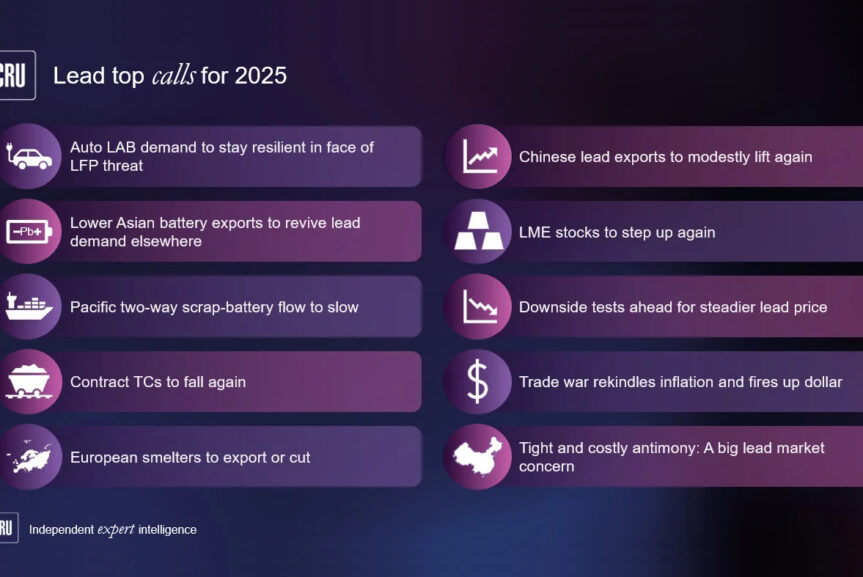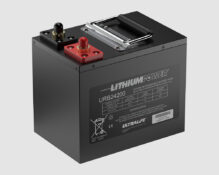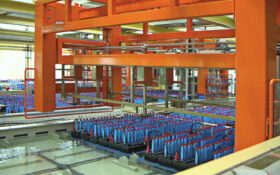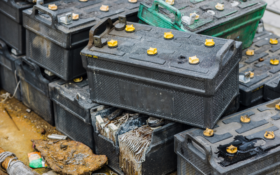No soft porn in these pages as Mike McDonagh returns to explain the trials and tribulations of lead oxide production.
Lead Oxides
The methods used to turn lead from its inert metallic state into a reactive material suitable for cyclic battery manufacture have been with us for decades. Yet we still have an incomplete understanding of the reactions and processes occurring between the production of oxide and the formation of the battery plates.
Because our processes have largely developed over time, they are mostly a response to the problems encountered when we wanted to . . .
to continue reading this article...
Sign up to any Premium subscription to continue reading
To read this article, and get access to all the Premium content on bestmag.co.uk, sign up for a Premium subscription.
view subscription optionsAlready Subscribed? Log In



